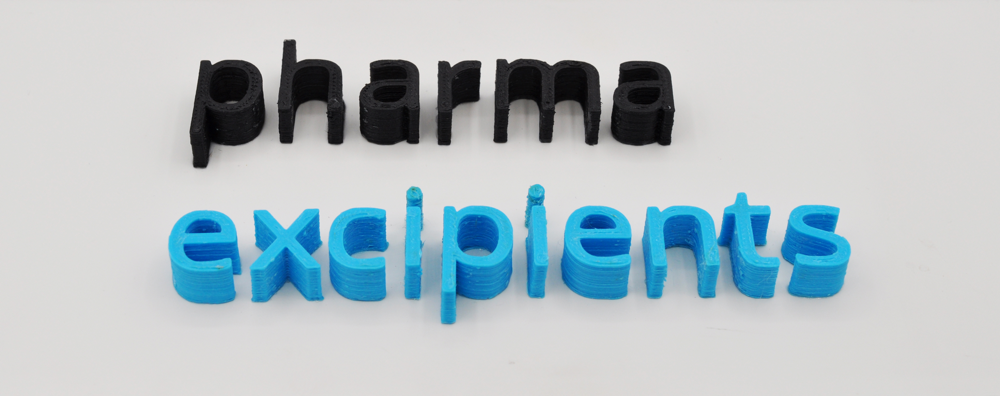Fabrication of naftopidil-loaded tablets using a semi-solid extrusion-type 3D printer, and the characteristics of the printed hydrogel and resulting tablets

The production of 3D-printed drugs holds promise for future personalized medicine. Here, we prepared tablets containing naftopidil as a model drug using a semi-solid extrusion-type 3D bioprinter applicable for tissue engineering. A hydrogel is typically used as the printer ink for 3D bioprinters, and we incorporated various amounts of hydroxypropyl methylcellulose hydrogel (30%, 40% and 50% gel) into the printer ink. The resulting 3D-printed gel product was dried to obtain tablets. The rheological properties of the printer ink changed as its composition was changed, and tablets were prepared successfully from several formulations. Increasing the amount of hydroxypropyl methylcellulose hydrogel in the printer ink led to delayed drug dissolution, decreased weight, and decreased hardness of the tablets. Delayed drug dissolution was also observed when the amount of disintegrating agent typically used in powder compression tablets was increased in the ink, and increasing the incorporated amount of the disintegrating agent crospovidone increased the hardness of the tablets. Our results will provide useful information for the preparation of tablets using a semi-solid extrusion-type 3D printers.

